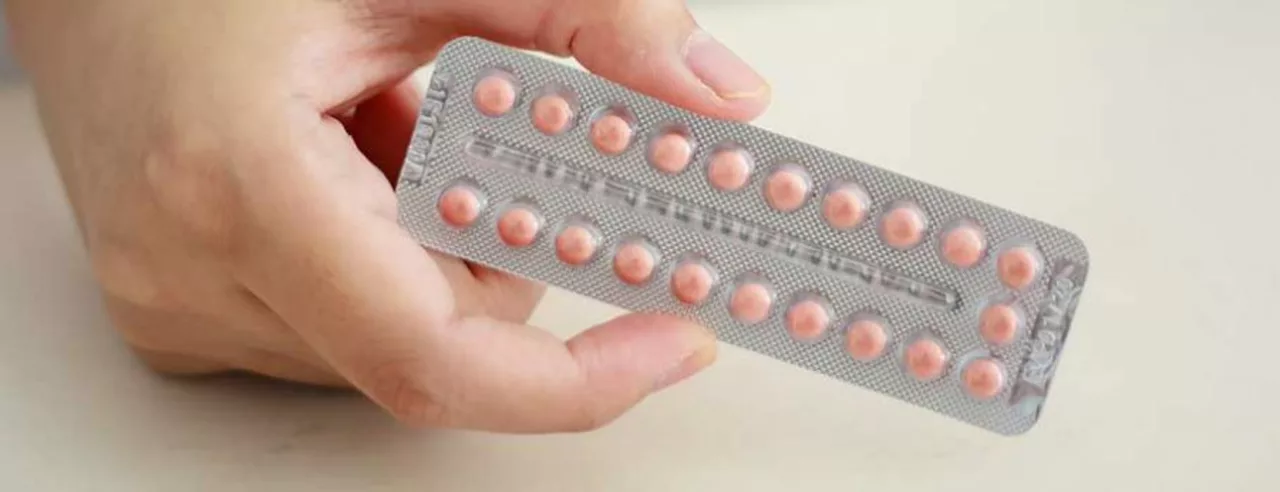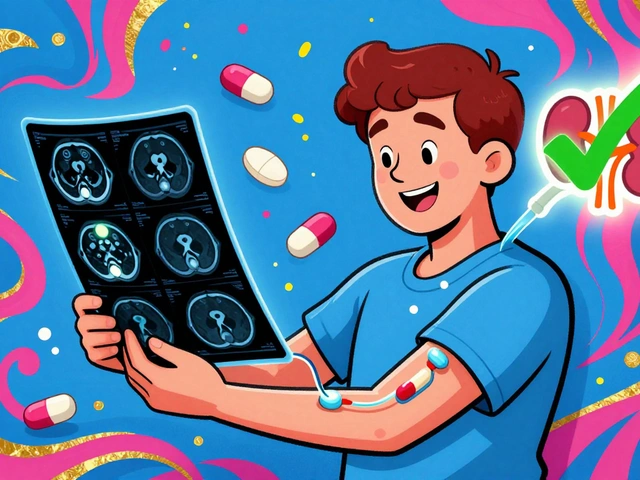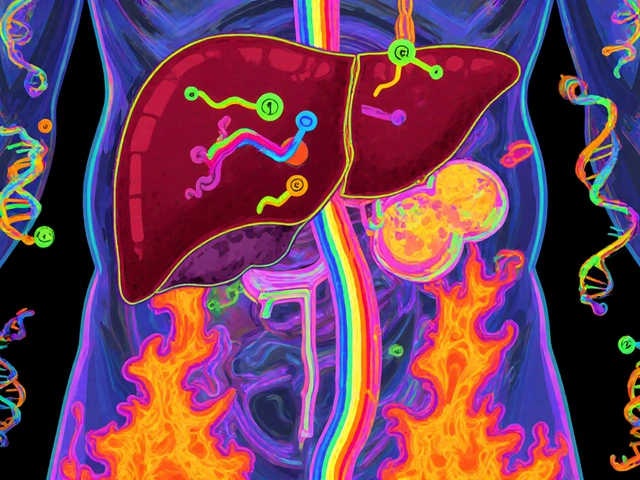Hair Loss: What’s Happening and How to Fight It
If you’ve noticed more strands on your pillow or in the shower, you’re not alone. Hair loss affects millions, and most of the time it’s something you can manage with the right info.
Common Causes of Hair Loss
The first step is to know what’s pulling your hair out. Hormones play a big role – especially dihydrotestosterone (DHT), which shrinks follicles and leads to thinning on the crown. Stress is another sneaky culprit; high cortisol can push more hairs into the shedding phase.
Medical conditions matter too. Thyroid problems, iron‑deficiency anemia, and scalp infections all cause extra loss. Even the meds you take – like certain antidepressants or blood pressure pills – can thin your hair as a side effect.
Finally, lifestyle habits count. Poor diet, lack of protein, smoking, and excessive heat styling damage the shaft and make follicles weaker.
Effective Treatments & Everyday Tips
When it comes to treatment, there’s no one‑size‑fits‑all, but a few options work for most people. Over‑the‑counter minoxidil (Rogaine) is proven to boost growth on the scalp when used twice daily. If you’re a man or a post‑menopausal woman with DHT‑driven loss, prescription finasteride can slow the process and even regrow some hair.
Supplements help when deficiencies are the issue. Iron, zinc, biotin, and vitamin D support healthy follicles. Just check your blood work first – too much iron can be harmful.
Don’t overlook simple habits: use a gentle shampoo, avoid tight hats, and limit heat tools to under 180°C. A scalp massage with a few drops of rosemary or peppermint oil can increase circulation and make the environment friendlier for growth.
If you want a stronger medical plan, talk to a dermatologist about low‑level laser therapy (LLLT) or platelet‑rich plasma (PRP) injections. Both have shown good results in clinical settings, but they cost more and need multiple sessions.
For many, combining approaches works best – minoxidil plus a healthy diet, stress management, and occasional scalp massage. Track your progress with photos every month; small changes add up over time.
Remember, hair loss is usually gradual, not sudden. Catching it early gives you the most options. Start with what’s easy: check nutrition, try minoxidil if appropriate, and schedule a quick visit to a skin‑care professional. You’ll have a clearer path to keeping your hair looking fuller.
Norethindrone Acetate and Hair Loss: A Possible Side Effect?
During my research on Norethindrone Acetate, I came across an interesting topic - hair loss as a possible side effect. Although it's not a commonly reported issue, some people have experienced hair thinning or shedding while taking this medication. This hormonal drug is primarily used to treat endometriosis-related pain and for birth control purposes. It's important to remember that everyone's body reacts differently to medications, so not everyone will experience this side effect. If you're concerned about hair loss while taking Norethindrone Acetate, I recommend discussing it with your doctor to explore alternative options.






